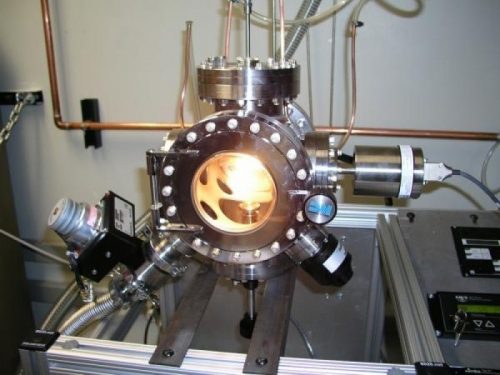De Beers, which almost single handedly created the allure of
diamonds as rare, expensive and the symbol of eternal love, now wants to
sell you some party jewelry that is anything but.
The company announced today that it will start selling man-made
diamond jewelry at a fraction of the price of mined gems, marking a
historic shift for the world’s biggest diamond miner, which vowed for
years that it wouldn’t sell stones created in laboratories. The strategy
is designed to undercut rival lab-diamond makers, who having been
trying to make inroads into the $80 billion gem industry.
De Beers will target younger spenders with its new diamond brand and
try to capture customers that have been resistant to splurging on
expensive jewelry. The company is betting that it can split the market
with mined gems in luxury settings and engagement rings at the top, and
lab-made fashion jewelry aimed at millennials at the bottom.
“Lab grown are not special, they’re not real, they’re not unique. You
can make exactly the same one again and again,” Bruce Cleaver, chief
executive officer of De Beers, said in an interview Tuesday.
Unlike imitation gems such as cubic zirconia, diamonds grown in labs
have the same physical characteristics and chemical makeup as mined
stones. They’re made from a carbon seed placed in a microwave chamber
and superheated into a glowing plasma ball. The process creates
particles that can eventually crystallize into diamonds in weeks. The
technology is so advanced that experts need a machine to distinguish
between synthesized and mined gems.
A host of lab-grown diamond makers and retailers have sprung up in
recent years. Diamond Foundry, one of the biggest producers, grows
diamonds in a California laboratory and has been backed by Leonardo
DiCaprio. Warren Buffett’s Helzberg’s Diamond Shops Inc. also sells the
stones.
Customers are currently “confused” by the difference between mined
and lab-produced diamonds, Cleaver said. De Beers is hoping to create
big price gap with its new product, which will sell under the name
Lightbox in the U.S. A 1-carat man-made diamond sells for about $4,000
and a similar natural diamond fetches roughly $8,000. The lab diamonds
from De Beers will sell for about $800 a carat.
Lowest Cost
Still, De Beers says that its move isn’t to disrupt existing
lab-diamond producers, but create a small, profitable business in its
own right.
“Given we are the lowest-cost producer, we can make a good business
out of this,” Cleaver said. “We have the tools, why wouldn’t we do
this?”
De Beers is so adamant that the man-made diamonds are not competing
with mined stones that it will not grade them in the traditional way.
That’s a stark contrast to current man-made sellers who offer ratings
such as clarity and color, replicating terminology used for natural
stones.
“We’re not grading our lab-grown diamonds because we don’t think they
deserve to be graded,” Cleaver said. “They’re all the same.”
The pricing strategy will also be different. De Beers plans to charge
$200 for a quarter-carat, $400 for a half and $800 for a carat, another
sharp break from natural stones that rise exponentially in price the
bigger the diamond gets.
While De Beers has never sold man-made diamonds for jewelry before,
it’s very good at making them. The company’s Element Six unit is one of
the world’s leading producers of synthetic diamonds, which are mostly
used for industrial purposes. It has also been producing gem-quality
stones for years to help it tell the difference between natural and
man-made types and to reassure consumers that they’re buying the real
thing.
Man-made gems currently make up a small part of the diamond market,
but demand is increasing. Global diamond production was about 142
million carats last year, according to analyst Paul Zimnisky. That
compares with lab production of less than 4.2 million carats, according
to Bonas & Co.
De Beers has been researching lab-made diamonds since the end of
World War II and accelerated its work after a Swedish company
synthesized the first diamond in 1953. The company has focused on lab
diamonds for industrial uses, but also kept investing in technology for
jewelry-grade gems.
The shift to lab-diamond jewelry comes at a sensitive time for De
Beers and its relationship with Botswana, the source of three quarters
of its diamonds. The two have a sales agreement that lets the company
market and sell gems from Botswana, giving De Beers its power over
global prices. The deal will soon be up for negotiation and Botswana is
likely to push for more concessions.
On Tuesday, De Beers said it had extensive talks with Botswana about
the decision to sell man-made diamonds and the country supports the
move.
Source: bloomberg.com





